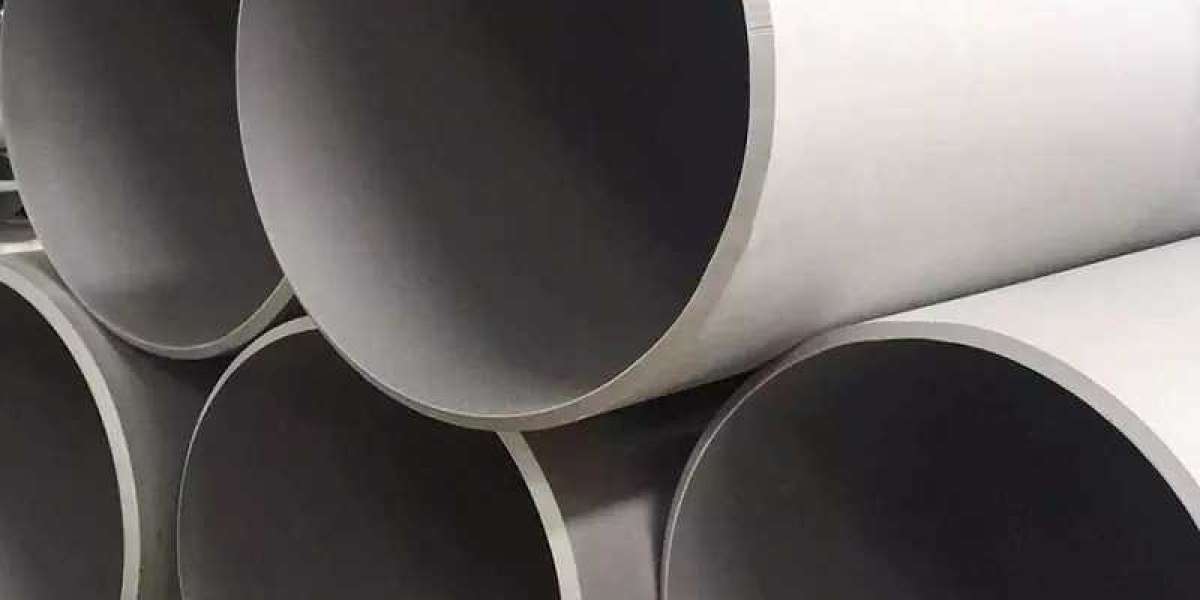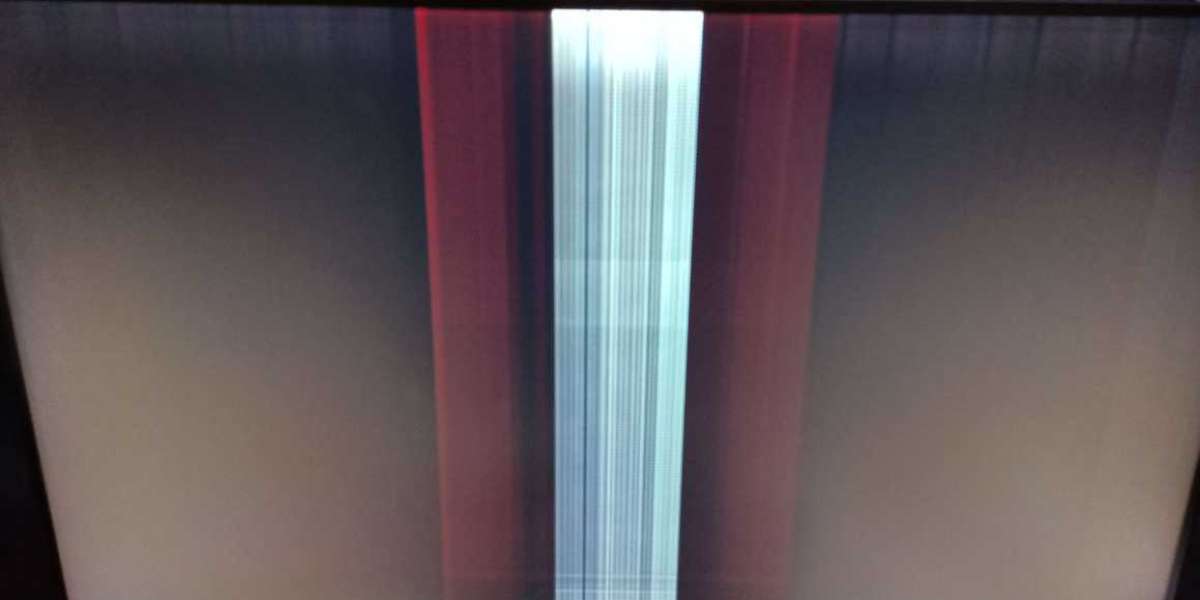In the field of industrial manufacturing and decoration, are widely used due to their excellent corrosion resistance and mechanical properties. Surface roughness, as a key indicator to measure the quality of stainless steel round tubes, directly affects their appearance, wear resistance and subsequent functional applications. Different polishing processes have different effects on the surface roughness of stainless steel round tubes through unique mechanisms of action. This article will deeply explore the working principles and effects of common processes such as mechanical polishing, chemical polishing, electrochemical polishing and magnetic grinding polishing.
Mechanical polishing is a traditional and widely used process that mainly relies on mechanical friction between abrasives and the surface of the workpiece to remove materials. This process usually uses tools such as polishing wheels and sandpaper to grind and polish the surface of stainless steel round tubes through high-speed rotation or reciprocating motion. During the processing process, factors such as the size and hardness of the abrasive particles and the polishing pressure and speed will significantly affect the surface roughness. Generally speaking, coarser abrasives are used for preliminary grinding to remove larger machining allowances and make the surface smooth quickly, but they will leave deeper scratches, resulting in higher surface roughness; while fine abrasives are used for subsequent fine polishing to gradually refine the surface texture and reduce the surface roughness. However, mechanical polishing has limitations such as low processing efficiency, easy processing deformation, and difficulty in processing complex shapes, and the stability of manual operation will also affect the final polishing quality.
Chemical polishing uses a specific chemical solution to react chemically with the surface of stainless steel to achieve surface polishing by selectively dissolving materials. During the chemical polishing process, the microscopic raised parts on the surface of the stainless steel round tube dissolve faster than the recessed parts, so that the surface is gradually smoothed and the roughness is reduced. The composition, temperature, and processing time of the chemical polishing solution are key factors affecting the polishing effect. Reasonable solution formula and process parameters can form a uniform and bright oxide film on the surface of the stainless steel round tube, effectively reducing the surface roughness. Chemical polishing does not require complex equipment, can process workpieces with complex shapes, and has high production efficiency. However, the chemical polishing solution has certain pollution to the environment, and the solution composition needs to be adjusted and replaced regularly, which increases production costs and environmental pressure.
Electrochemical polishing is based on chemical polishing, and introduces electric field to accelerate the dissolution of surface materials through electrochemical reactions. In the electrochemical polishing process, the stainless steel tube is used as the anode. Under specific electrolyte and electric field conditions, the microscopic protrusions on the surface are preferentially dissolved at the anode, making the surface flat quickly. Compared with chemical polishing, electrochemical polishing has a more uniform and brighter polishing effect, which can significantly reduce the surface roughness, and no mechanical stress is generated during the polishing process, which is not easy to cause deformation of the workpiece. In addition, the process parameters of electrochemical polishing are easy to control, which can realize automated production, improve production efficiency and product quality stability. However, the investment in electrochemical polishing equipment is large, the maintenance and treatment requirements of the electrolyte are high, and there are certain requirements for the technical level of the operator.
Magnetic grinding and polishing is an emerging polishing technology that uses magnetic field force to drive magnetic abrasives to move on the surface of the workpiece to achieve a polishing effect. In the magnetic grinding and polishing process, the magnetic abrasives are tightly adsorbed on the surface of the stainless steel tube under the action of the magnetic field, and rotate and reciprocate at high speed along the direction of the magnetic field to perform micro-cutting and grinding on the surface. This process can effectively remove surface scratches, burrs and other defects, reduce surface roughness, and is especially suitable for polishing complex shapes and small holes, blind holes and other difficult-to-process parts. Magnetic grinding and polishing has high processing efficiency, good polishing quality, and little damage to the workpiece, and can be automated. However, this process has high performance requirements for magnetic abrasives and relatively high equipment costs.
In summary, different polishing processes have different degrees of influence on the surface roughness of stainless steel round tubes through their own unique mechanisms of action. Mechanical polishing is suitable for workpieces with relatively low surface quality requirements and simple shapes; chemical polishing can process workpieces with complex shapes, but there are environmental problems; electrochemical polishing can obtain high-quality polished surfaces, which is suitable for products with high surface quality requirements; magnetic grinding and polishing has advantages in polishing complex shapes and special parts. In actual production, it is necessary to comprehensively select appropriate polishing processes based on factors such as the specific application requirements, processing costs, and environmental requirements of stainless steel round tubes to obtain ideal surface roughness and product quality.














